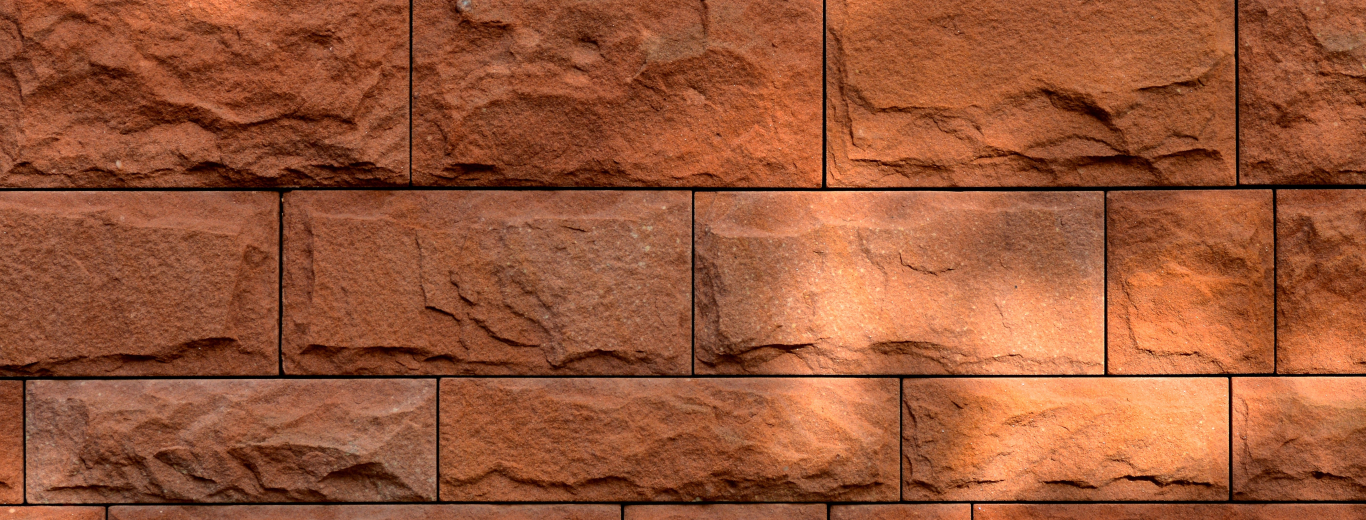Dimension / making
5×50 mm
galvanized steel


It’s hard to imagine a house building without walls. Currently not every wall is working as it should. The problem is that now in construction industry people put lot of effort on reducing time of rising buildings. Modern technologies and new wall materials have been developed to meet these requirements (such as the reinforced concrete frame construction or clay block with the tongue and groove interlock).
In General, the walls can be divided into:
Compressed wall – this is the most suitable work pattern for walls. Occurs in the so-called traditional technology, where we build masonry walls as main construction of walls and later pour out on them reinforced concrete slabs. Such walls require reinforcement to prevent scratches and cracks in particularly exposed areas (eg under-window areas, gable walls, wall height changes, etc.). NOTE: in the case of using wall elements joined on the tongue and groove with no vertical joints welded, it is recommended to reinforce entire walls.
Confined wall – Scheme mostly used in long walls. Despite the use of reinforced concrete columns and beams the wall still works mainly on compression. In these cases, depending on the design and construction assumptions the appropriate use of reinforcement can significantly increase the strength of such a wall.
Infill wall – Masonry elements infilled a reinforced concrete structure are a very difficult sometimes crucial place in the building. Recently, we can observe more and more cracks and scratches in such walls. The main reason is the bad design of such walls which translates into execution errors. In general, this is due to the wall being placed on a reinforcing concrete during work before deflection. Solution is to stiffen the reinforced concrete but a much simpler and cheaper way to do it is to use appropriate connectors and proper use of wall reinforcement.
The screw is used to fasten junctions type K1, K2, D1, D2, DS (in combination with the SX8 expansion shield) for masonry elements such as: concrete blocks, solid ceramic brick, silicate blocks, etc.
Dimension / making
5×50 mm
galvanized steel
Junction used to connect parts of wall obtaining
vertical dilatation. Suitable for regular and thin joint mortars.
Dimensions / making
175x22x0,7 mm
stainless steel or galvanized
The equivalent of the K2 junction used in places where it is necessary to obtain the dilatation between joined elements.
Dimensions / making
L 40×80 mm 60×1,25 mm
stainless steel or galvanized
The equivalent of the K1 junction used in places where it is necessary to obtain the dilatation between joined elements.
Dimensions / making
L 50×73 mm 22×1,25 mm
stainless steel or galvanized
Element for connections filling walls with a ceiling while maintaining the dilatation.
Dimensions / making
L 110×115 mm 20×2 mm
stainless steel
Element for connections filling walls with a ceiling while maintaining the dilatation.
Dimensions / making
L 110×115 mm 20×2 mm
stainless steel
Junction used to connect masonry with reinforced concrete structure or
with an existing wall, as well as for connections of masonry made
from elements with different height module.
Dimensions / making
L 35×65 mm 60×1.25 mm
stainless steel or galvanized
Junction used to connect masonry with reinforced concrete structure or
with an existing wall, as well as for connections of masonry made
from elements with different height module.
Dimensions / making
L 40×68 mm 22×1.25 mm
stainless steel or galvanized
Junction to replace masonry bonding beetween the bricks jointed by thin joint mortar (eg partition walls with load-bearing walls).
Dimensions / making
270x20x0,5 mm
stainless steel
Junction used to fix same module between walls (eg partition walls with load-bearing walls). Replaces masonry bondings between the walls. Suitable for regular and thin mortar.
Dimensions / making
300x22x0,7 mm
stainless steel or galvanised